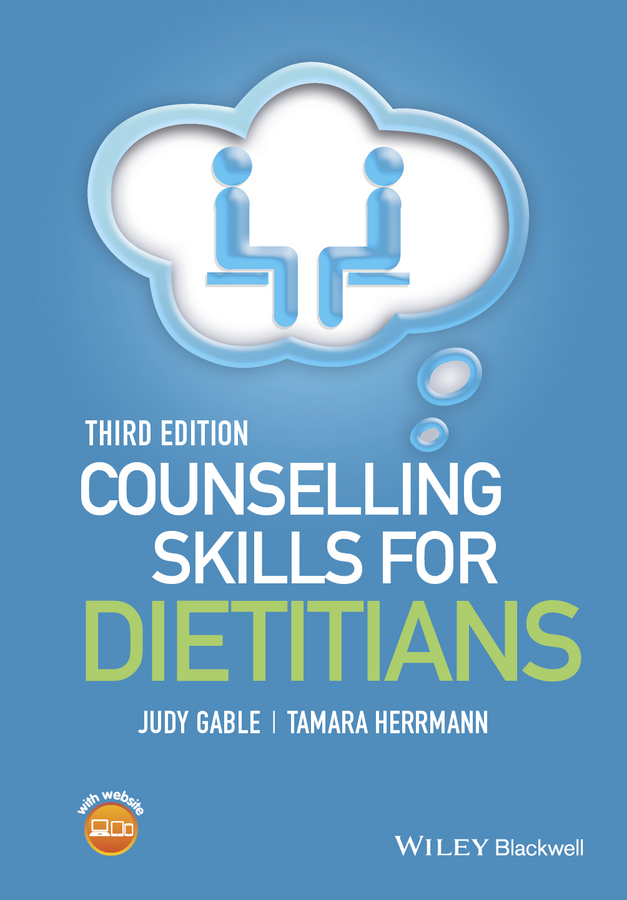Video
Scene 5 Part 1 Using a counselling approach
The scene takes place in the dietitian’s consulting room. Following a re-referral by her doctor, the patient returns for another appointment with the dietitian.
(Although not all newly diagnosed non-insulin-dependent patients with diabetes will be referred to a dietitian, this scenario is familiar to all dietitians and so is used here to illustrate the approach used by the dietitian in her communication with the patient. The viewer is therefore invited to focus on the interaction between dietitian and patient, and not on the clinical information, although every attempt has been made to make this generally applicable and accurate.)
While watching the video, you will find it helpful to note examples of:
- • how the dietitian is building a relationship with the patient;
- • how the dietitian responds when the patient becomes upset;
- • how the dietitian responds when the patient seems to lack motivation;
- • the way in which the dietitian takes a diet history.
Some points to consider
- • When is the dietitian demonstrating the core conditions? What type of responses is she using to demonstrate these? What is the effect upon the patient?
- • Which particular exchange seems to greatly improve their relationship, and why?
- • How does the dietitian deal with the patient becoming emotional?
- • When does the dietitian demonstrate mirroring posture and/or gesture?
- • How does the dietitian respond to the patient’s objections to changing her eating habits?
- • How does the dietitian address the patient’s concerns about weight reduction?
- • When does the dietitian demonstrate reflection of (i) words and (ii) feelings?
- • How are the targets set this time?
- • How is a switch made from discussing motivation to taking a diet history?
- • What skills does the dietitian use at this transitional point?
- • What communication skills does the dietitian use when taking the diet history?
- • How does the dietitian’s method of taking the diet history differ from that in Scene 1?
For further reading, see Chapters 1-9.

